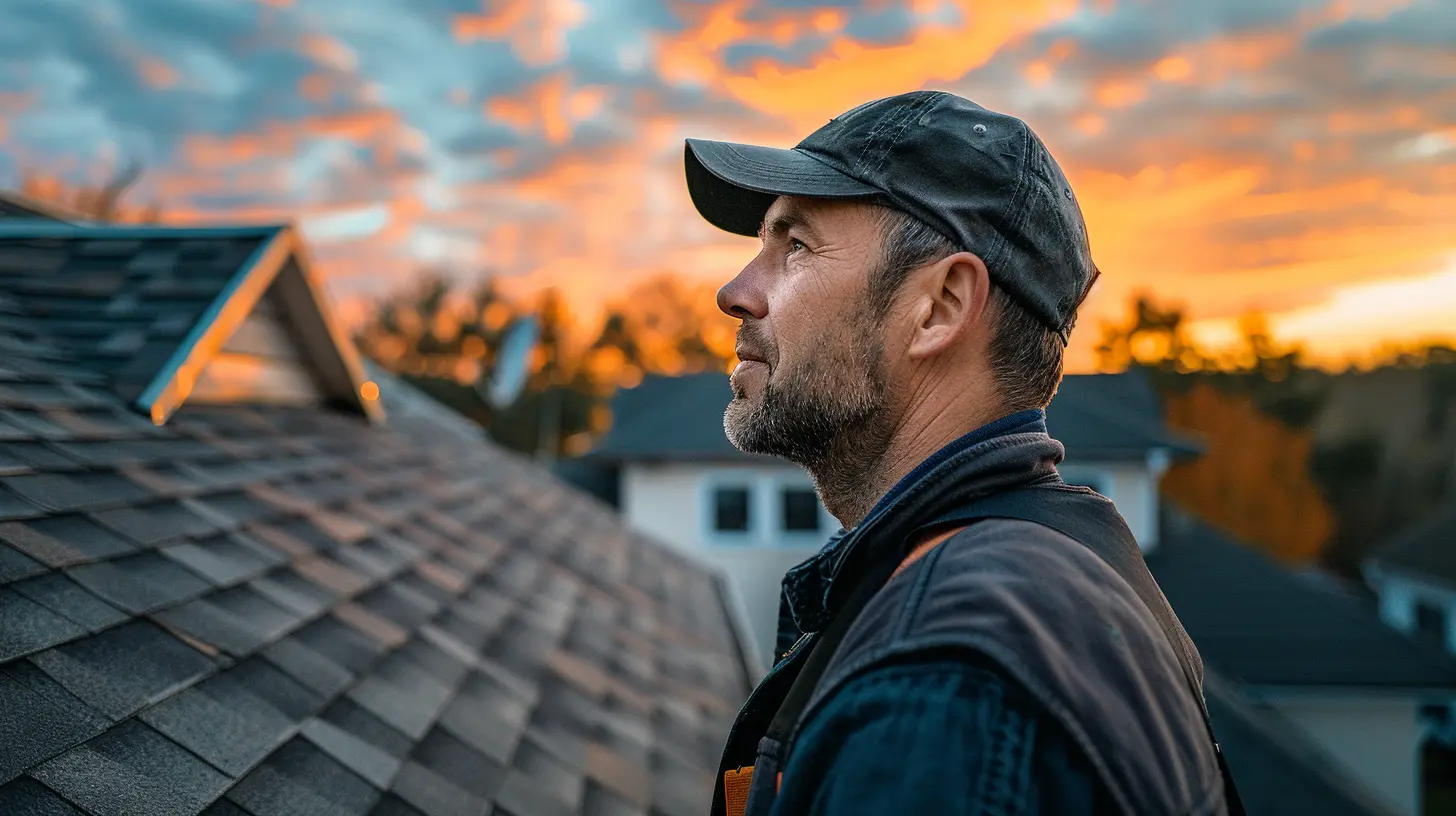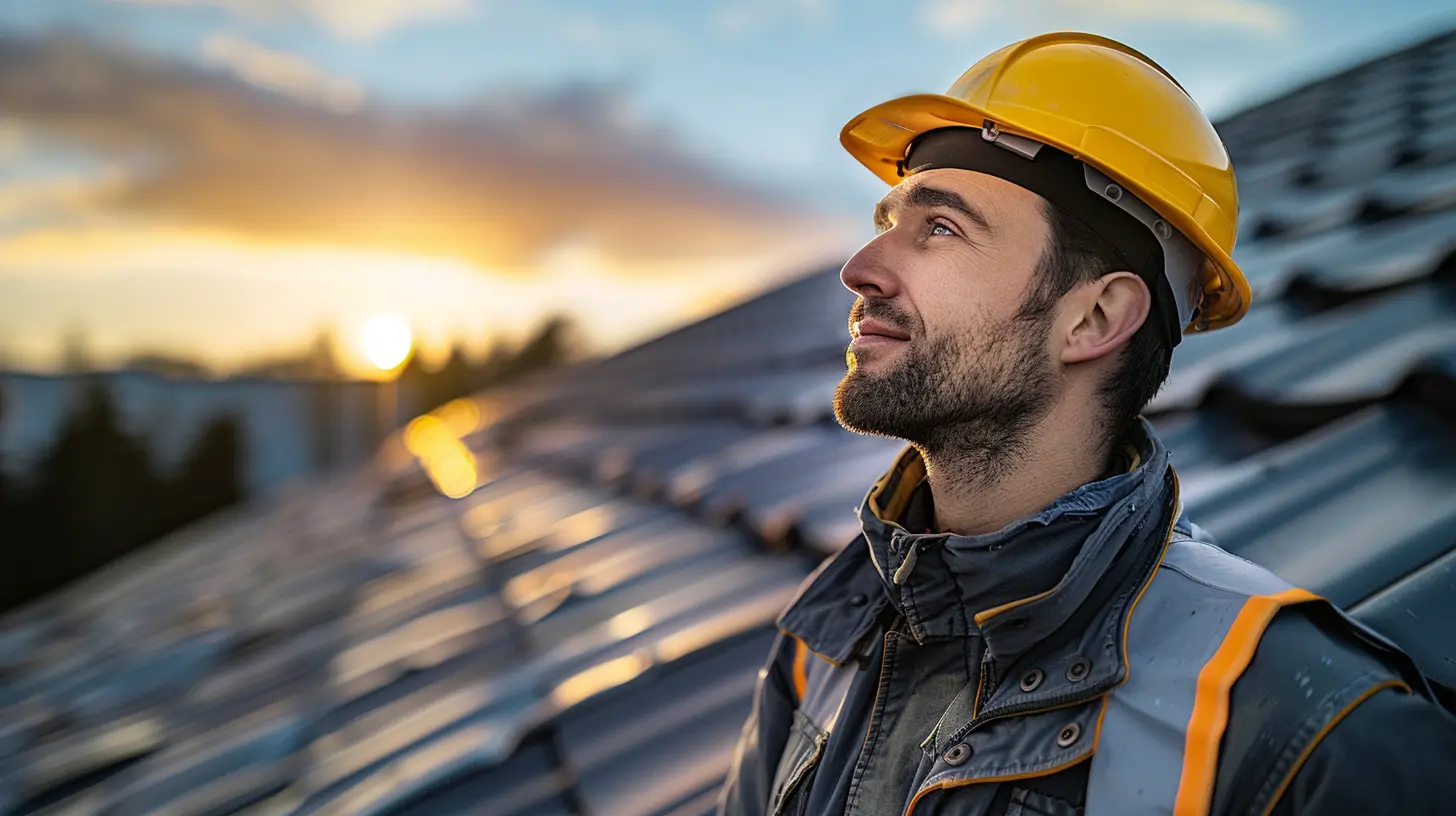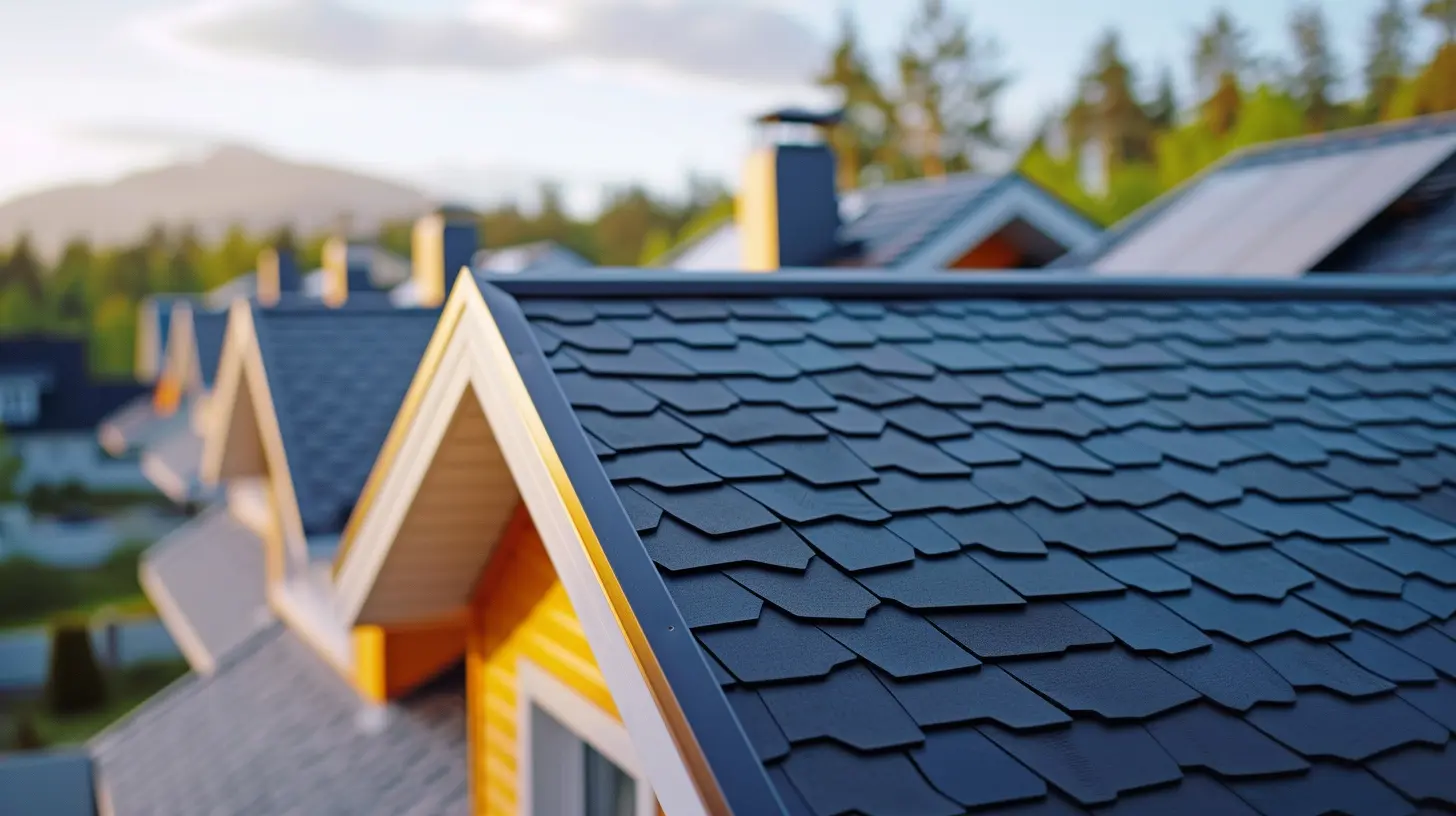The Importance of Roof Inspections: When and What to Look For
2 October 2025
When was the last time you checked your roof? If you’re like most homeowners, probably never—unless there’s a leak! But waiting until water drips from the ceiling isn’t the best approach. Regular roof inspections can save you thousands in repairs and extend your roof’s lifespan. Let’s dive into why roof inspections matter, when you should do them, and what signs to look for.

Why Roof Inspections Matter
Your roof works 24/7 to shield your home from rain, sun, wind, and whatever else Mother Nature throws your way. Over time, wear and tear are inevitable. A small issue left unattended can quickly snowball into a full-blown (and expensive) problem.By conducting regular roof inspections, you:
- Catch problems early – Small leaks or missing shingles can lead to big headaches if ignored.
- Extend your roof’s lifespan – Proper maintenance can help your roof last decades instead of just a few years.
- Save money – A minor fix today prevents a costly replacement tomorrow.
- Protect your home’s value – A well-maintained roof boosts your property's curb appeal and resale value.
Neglecting roof inspections is like ignoring a check engine light in your car—eventually, you're in for a costly repair bill!

When Should You Inspect Your Roof?
Timing is everything when it comes to roof inspections. While most experts recommend checking your roof twice a year—once in the spring and again in the fall, there are also specific situations where an inspection is a must.1. After Severe Weather
Heavy storms, hail, or strong winds can damage shingles, loosen flashing, or cause leaks. If a big storm just passed through, it’s a good idea to take a quick look.2. Before Buying or Selling a Home
If you're buying a house, a roof inspection can help you avoid unexpected expenses. If you're selling, a well-maintained roof increases your home's value and makes it more attractive to buyers.3. If You Notice Warning Signs
Leaks, missing shingles, or sagging areas? Don’t wait—inspect immediately! Waiting can lead to costly water damage and structural issues.
What to Look for During a Roof Inspection
Now that you know when to inspect, let’s talk about what you should be looking for. Here’s a helpful checklist:1. Check for Missing or Damaged Shingles
Shingles are your roof’s first line of defense. If they’re curling, cracked, or missing altogether, your roof is vulnerable to leaks. Even one missing shingle can lead to water intrusion.2. Look for Signs of Leaks or Water Damage
Water stains on your ceiling or walls? That’s a red flag. Leaks start small, but they can lead to major damage, including mold growth and structural weakening.3. Inspect the Flashing
Flashing is the metal material around chimneys, vents, and skylights that prevents leaks. If it's rusted, cracked, or missing, water can seep in.4. Check for Moss, Algae, or Mold Growth
Moss might give your home a cozy, fairytale look, but it’s terrible for your roof. It traps moisture, which can cause shingles to rot. Algae and mold can also weaken roofing materials over time.5. Examine the Gutters and Downspouts
Clogged gutters can cause water to back up, leading to roof damage and even foundation problems. While inspecting, check for granules from shingles—excessive granule loss means your shingles are wearing out.6. Look for Sagging Areas
A sagging roof is a serious concern. It usually indicates structural issues, possibly from long-term water damage or weakened support beams. If you spot sagging, call a professional ASAP.7. Check the Attic
Roof inspections aren’t just about looking on the roof—don’t forget the attic! Look for signs of leaks, mold, or inadequate insulation. If your attic feels stuffy and humid, ventilation could be an issue.
DIY vs. Professional Roof Inspections
While you can do a basic inspection yourself, hiring a professional at least once a year is a smart investment. Here’s why:DIY Inspections Are Great for Routine Checks
A simple visual check—from the ground or using a ladder—can help you spot obvious issues. If you’re comfortable, you can clear minor debris or check shingles up close.Professional Inspections Go Deeper
Roofing pros have the tools and expertise to spot hidden problems the average homeowner might miss. They can:- Use infrared technology to detect moisture beneath the surface
- Check structural integrity
- Provide a comprehensive assessment of your roof’s condition
Preventive Maintenance: How to Keep Your Roof in Top Shape
A little prevention goes a long way in saving you money and extending your roof’s life. Here are a few key maintenance tips:- Trim overhanging branches to prevent debris buildup and potential damage.
- Clean your gutters regularly to avoid water pooling on the roof.
- Remove moss and algae with a simple mixture of water and bleach.
- Schedule professional inspections yearly for peace of mind.
Final Thoughts
Your roof is one of the most critical (and expensive) parts of your home, so giving it a little TLC goes a long way. Regular inspections help you catch issues early, save money, and ensure your home stays safe and dry. Whether you check it yourself or hire a pro, the key takeaway is simple: don’t ignore your roof until it’s too late!So, grab a pair of binoculars, take a peek at your roof this weekend, and make sure it’s in tip-top shape. Your home—and your wallet—will thank you later!
all images in this post were generated using AI tools
Category:
Property MaintenanceAuthor:

Vincent Clayton
Discussion
rate this article
1 comments
Colin Foster
Regular roof inspections safeguard your investment and ensure safety, longevity, and peace of mind.
October 12, 2025 at 2:47 AM

Vincent Clayton
Absolutely! Regular inspections are essential for protecting your investment and ensuring your roof lasts longer while keeping your home safe. Thank you for highlighting their importance!


